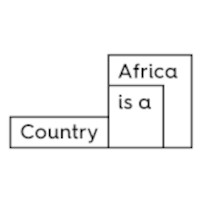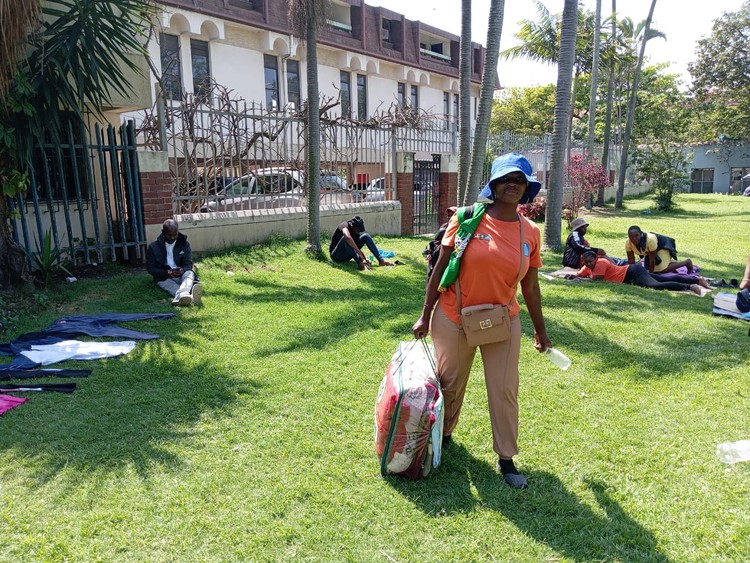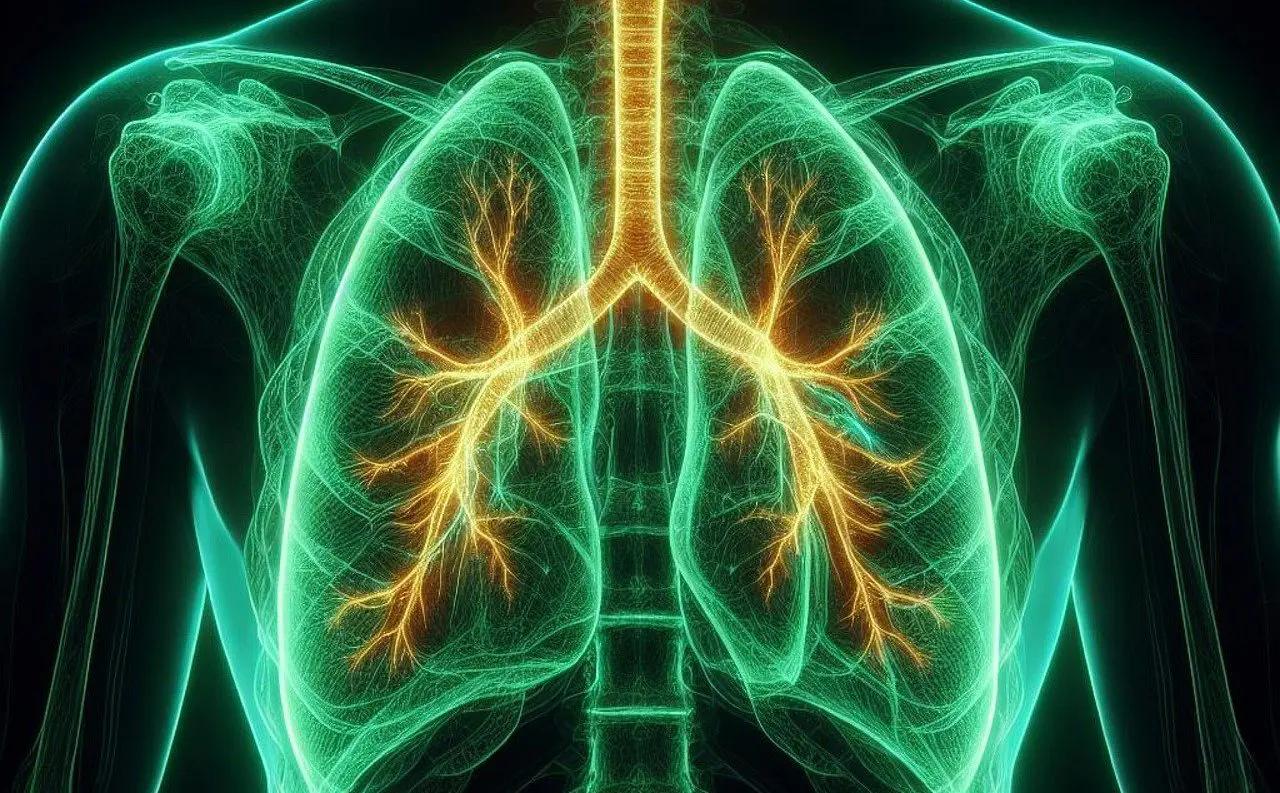Planoise à Besançon. Credit Toufik-de-Planoise via Wikimedia Commons CC BY-SA 4.0.
French society is disintegrating in plain sight. Its police government is dissolving its inner logic. Flash Balls crushing its revolts. An iniquitous pension reform knocking its workers out. Streets full of the homeless. Starving students turning to soup kitchens. Recurrent crises perpetuated. Everything stops. Everything starts again. Endlessly. No new direction, no horizon. COVID crisis. Liberticidal alibi, vacuum cleaning. The atomized, digitized, transhumanised human being stripped of his humanity. Cryptography supplanting writing. Virtual proximity replacing neighborhood. Uncontrollable suburbanites, tracked by facial recognition, shooting each other down at point-blank range.
On June 27, in Nanterre, a 17-year-old teenager, Nahel Merzouk, was coldly murdered behind the wheel of his car, shot through the heart by a policeman. A viral video proves the crime: the killer did not act in self defense. The youth uprising spreads. Towns and cities flare up. It is difficult to analyze a popular uprising in the heat of the moment. Its medium- and long-term consequences are unpredictable. Reports, testimonies, and commentaries offer no explanation. At best, they fill the void left by the media. In 2022, 13 people were killed for disobeying a police order in France. Since February 2017, the conditions for police officers to use their firearms have been significantly relaxed. Since the adoption of this provision, fatal shootings of moving vehicles have increased fivefold. Article L 435-1 of the French internal security code authorizes police officers to fire their weapons if they are “unable to stop, other than by the use of weapons, vehicles, boats or other means of transport whose drivers fail to comply with an order to stop and whose occupants are likely to cause harm to their lives or physical integrity or those of others.” However, the police officer must act in a case of absolute necessity involving a threat to his life or that of others. The response must be strictly proportionate. Conditions that were not met on June 27. Nahel Merzouk’s murder is an inexpiable crime.
The fire has been smoldering in segregated housing projects for half a century. The explosion in the banlieues in 2005 is an inescapable reminder. On October 24 that year, the interior minister and future president, Nicolas Sarkozy, declared: “Have you had enough of this gang of scum? Well, we’re going to get rid of them!” He wanted to “clean” the projects “with a power hose.” On October 27, Zyed Benna and Muhittin Altun, both aged 17, and Bouna Traoré, aged 15, were returning with friends from a football match in Livry-Gargan, Seine-Saint-Denis, towards Clichy-sous-Bois. On the way, they approached a construction site: a witness called the police to report an attempted burglary. The anti-crime squad (BAC) arrived immediately and arrested one of the young men. The others fled. They were soon caught by other police officers who had been called in as reinforcements. To escape, the three teenagers took refuge in a distribution transformer, where an electric arc formed. Muhittin Altun was seriously injured. Zyed Benna and Bouna Traoré were electrocuted to death. That evening, the first riots broke out in Clichy-sous-Bois and the neighboring town of Montfermeil. On October 30, the police fired a tear-gas grenade at the Bilal mosque. Smoke filled the building. The Muslim community was outraged. Riots spread throughout the country. For three weeks, youths ransacked cars, street furniture, and public buildings. The media insatiably produced spectacular images of the chaos. On November 8, 274 towns were in flames. The authorities declared a state of emergency. Prefects imposed curfews. The rebellion continued for 10 days. The return to calm was a plunge back into the daily grind, with the public school system no longer being a social ladder but a compulsory passage to failure and degradation.
Twenty years later, nothing has changed. On June 30, after a false outrage, president Macron named the culprits:
Social media has played an important role in the movements of recent days. On several platforms—Snapchat, TikTok and others—we have seen the organization of violent rallies, but also a form of imitation of violence that leads to a detachment from reality among young people. One sometimes has the feeling that some of them are living out on the streets the video games that have intoxicated them
American-style red herring. Denial of specific content. Despotic questioning of freedom of expression. “In the next few hours, we will take steps with the platforms to remove sensitive content,” the President added. Immediately afterwards, the justice minister published a circular allowing prosecutors to issue court orders against platforms that broadcast images of the clashes. The reigning authoritarianism does not tolerate counter-information. The police send out summonses to close accounts. The government even considers shutting down the Internet in certain areas (the banlieues), asking the operators Orange, Bouygues, SFR, and Free to cut mobile data, 4G, and 5G. At the same time, police communications and emergency calls to the same locations would be cut off. Indiscriminate repression does not come with consistency. Facebook, Instagram, and Snapchat rush to implement government directives, setting up monitoring units and systematically deleting accounts proactively detected or reported by the authorities. On July 1, the justice minister warns:
I want young people to know unequivocally that the country’s public prosecutors will seek the identity of users of the platforms, especially Snapchat, which are a means of communication for these young people, in order to identify the place, time, and target of the attack. Let no one think that there is impunity behind these social platforms.
In his research on the relation between video games and urban violence, Stetson University psychologist Christopher Ferguson concluded that the influence of video games considered violent on children and adolescents is minimal, whether we look at youth violence, social behavior, depression, or attention deficit disorder with or without hyperactivity. Mental health is affected by other, more real, concrete factors: economic, social, and cultural inequalities, everyday discrimination, and intolerable experiences. President Macron’s advisers, ignorant of scientific studies, recycle bar-room prejudices and cobble together scapegoats as best they can. The brain restructurings induced by digital addiction are not causal; they result from a rhizomatic proliferation that, as things stand, is hard to pin down.
But Macron’s statement is not insignificant. It is among the usual tactics of distraction and deterrence. It depoliticizes the suburban uprising. It diverts attention from the culpability of the police and state violence. It is the militarist option that cuts itself off from reality. For several years, over-armed police officers have displayed the skull and crossbones crest of the TV series The Punisher, in which a sadistic cop tortures and liquidates gangsters instead of bringing them to justice. Those in positions of authority deliberately and knowingly use the symbolism of annihilation. Anti-terrorist units deployed in the streets of Marseille, Lyon, and Lille, equipped like warriors, use pump-action shotguns on civilians, imitate Call of Duty in reality, materialize fictitious conflicts. They fire instinctively, mechanically, and robotically. On June 27, the President announces the construction of a new military hospital in Marseille to prepare the country for a high-intensity war: a physical and hybrid war, conventional and cybernetic, involving tanks, planes, missiles, drones, and remote-controlled monsters.
In three nights of rioting, insurgents fire thousands of fireworks mortars everywhere. The sky lights up with bursts of color. Stockpiles built up for the holidays run out. Teenagers play pirates, looting big brands, waving their booty, and singing their revenge on the consumer society. They are 17, 15, 13, and sometimes younger. They are impertinent, insolent, arrogant, provocative. They fear nothing. They fight with their faces uncovered, as their elders return from their political illusions, associative simulations, and integrative games. The state has declared open war on these uprooted, decultured, desocialized, ghettoized children, prisoners of a fixed destiny, condemned in advance to marginality, with no other prospect than a headlong rush. Young people of the banlieues are defined by their exclusion. Their confrontation with the police is an everyday experience. Philosopher Gilles Deleuze notes:
The old money mole is the lecherous beast of confinement. The snake is the emblem of the controlling society. We have moved from one animal to the other, from the mole to the snake, in the political system, our way of life, and our relations with others. The family, the school, the army, and the corporation are all analogous environments, figures that can be modulated, deformed, and transformed.
Bourgeois institutions are archaic, outdated, and obsolete. Technocrats, cynical servants of neoliberalism, artificially prolong their agony. Pyrotechnics are available on the Internet. Young people use them to impress and dazzle their opponents. Internet-savvy hucksters offer group purchases, discounted prices, and guaranteed delivery within the hour. The Polish company Tropic markets products with attractive names such as Crackling Chrysanthemum, Gatling Riots, Line of Fire, Shooting Star, and Magic Emotions. Laws prohibiting the sale of fireworks, mortars, cans of gasoline, cans of acid, and chemicals are ignored. Everything is bought online. Tactics are acquired through use. Columns of cops are met with a deluge of mortar fireworks. Bouquets of fire force them to take cover behind their shields. The highly mobile youth buy time, change their attack position, launch other projectiles, escape, and try again further on. They practice urban guerrilla warfare without ever having learned it from a strategy manual. Khattabian predispositions.
Police repression has become militarized. The flash-ball launcher is normalized, replacing the truncheon as an ordinary weapon. Hundreds of people are maimed. The rubber bullet of a flash ball has an energy of 180 joules. It expands by 30% when it hits the face. If it hits an eye directly, it also hits the peripheral areas—the nasal bones, forehead, and ears. The eye is lost. Criminal charges are dropped or dismissed because the shooters cannot be identified. Police officers are often acquitted, even when they are spotted. They are supposed to obey orders but are exempt from liability under Article 122-4 of the French penal code. The police also use GLI-F4 stun grenades, which contain a TNT charge that can injure and kill civilians. Stun grenades, also known as ballistic dispersal devices or manual protection devices, project 18 rubber pellets and their detonating caps over a 10-meter radius. The damage to a group is devastating.
The interior ministry increasingly relies on elite police and gendarmerie units: the Brigades de Recherche et d’Intervention (BRI), known as the anti-gang brigades; the Recherche, Assistance, Intervention, Dissuasion (RAID) unit and the Groupe d’intervention de la gendarmerie nationale (GIGN), specialized in organized crime, terrorism, and hostage-taking. On June 29, a clip goes viral online: a Sherpa armored vehicle bursts onto a street in Nanterre and sweeps away the barricades like chaff. Urban violence is treated as a fact of war. The overwhelming clip of Nahel Merzouk’s execution disappears from the screen, replaced by apocalyptic scenes of fireworks—like Roman candles, more spectacular than dangerous—devastated avenues, and looted supermarkets. The bad guys are profusely staged. The art and manner of turning public opinion on its head. The murderer becomes the victim. A fund set up by the far right for its own benefit collected more than one million euros in three days. Within the framework of “reinforced operational coordination in cities and territories,” systematic intervention orders are issued. All-out show of force. Three additional armored vehicles are lent by the manufacturer Arquus without being repainted—they still bear the sand color of military operations in the Sahel.
The gendarmerie brings out its four Centaures, behemoths 7.4 meters long and weighing 14.5 tons. Helicopters fly over the banlieues, declared war zones. Elite units use bean-bag ammunition, tested during riots in the Caribbean and Mayotte. The projectiles fired from shotguns contain tiny pellets that cause serious injuries. Orders are to effect as many arrests as possible. Mass arrests. Second night, 150 arrests. The third night, 875 arrests. Fourth night, 1311 arrests. Fifth night, 719 arrests. A total of 3,055 people incarcerated over five days, most of them arrested arbitrarily and violently. Others are discovered through videos, and arrested in their own homes. Expeditious trials through immediate appearance. Severe sentences without evidence. French technocracy sets a tyrannical example.






